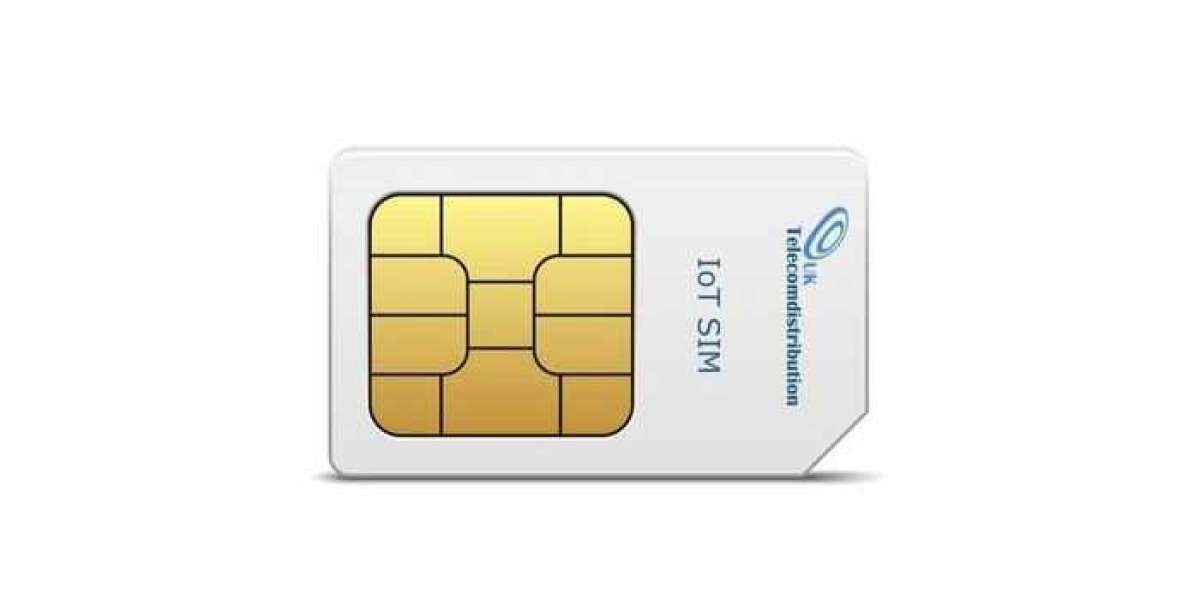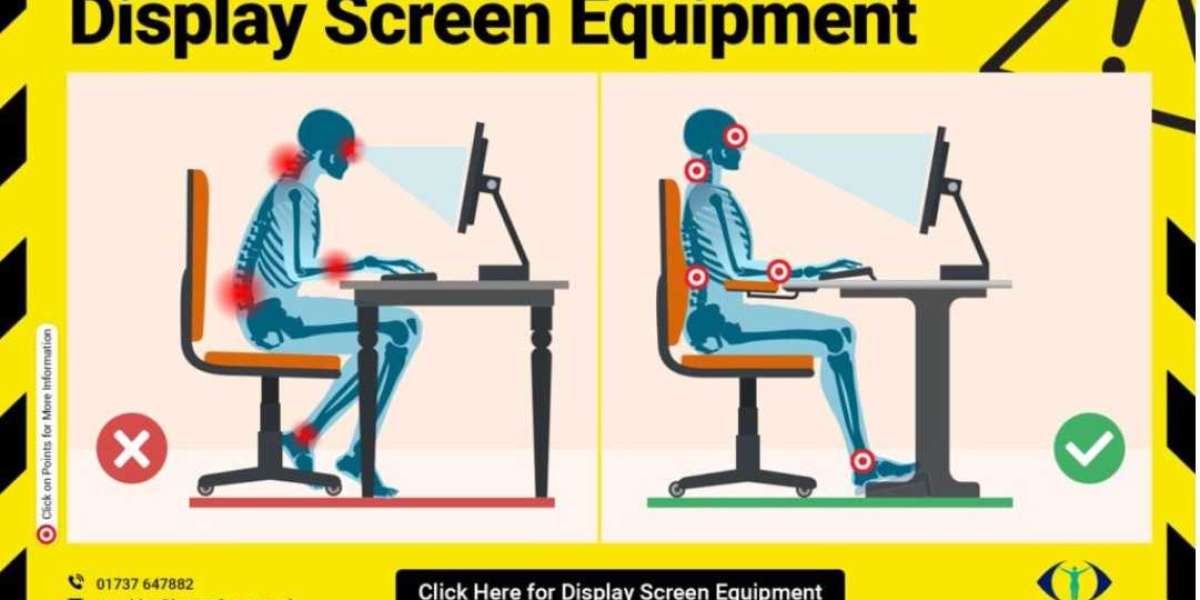Introduction
Emergency lift line systems are a vital part of building safety, providing uninterrupted communication during elevator malfunctions. At the core of these systems is the emergency lift line SIM card, which ensures reliable connectivity under various conditions. While these SIM cards typically operate on cellular networks, there’s growing interest in whether they can integrate with satellite networks to enhance reliability in remote or signal-deprived locations. This article explores the compatibility of emergency lift line SIM cards with satellite networks and the implications for system reliability.
How Emergency Lift Line SIM Cards Work
Emergency lift line SIM cards are specifically designed to prioritize connectivity in critical situations. They operate by transmitting signals over cellular networks, ensuring that emergency communication is available at all times. Features such as multi-network support and automatic network switching enhance their reliability by connecting to the strongest available network in the area.
However, cellular networks have limitations, especially in areas with weak signal coverage, such as underground facilities, mountainous regions, or remote buildings. This has led to discussions about integrating satellite connectivity as a solution.
Can Emergency Lift Line SIM Cards Work with Satellite Networks?
Technological Compatibility
- Traditional SIM cards, including emergency lift line SIM cards, are typically configured for cellular networks such as GSM, 4G LTE, and increasingly 5G.
- Satellite networks, on the other hand, operate on entirely different infrastructure and frequency bands. A standard SIM card is not inherently compatible with satellite networks unless explicitly designed for such integration.
Hybrid SIM Cards
- Some advanced SIM cards, often called hybrid SIMs, are specifically designed to work across both cellular and satellite networks. These cards can switch seamlessly between terrestrial networks and satellite connections, ensuring uninterrupted communication even in signal-deprived areas.
- While hybrid SIMs are available, their use in emergency lift systems is not yet widespread due to cost and infrastructure requirements.
Specialized Equipment Requirements
- To use satellite networks, elevators would need additional hardware such as satellite antennas and compatible modems. This equipment can be costly and may not be feasible for all buildings, especially in urban areas where cellular connectivity is generally reliable.
Benefits of Satellite Network Integration
Enhanced Connectivity in Remote Locations
- In areas where cellular networks are unreliable or unavailable, satellite connectivity ensures uninterrupted communication, a critical feature for emergency systems in isolated or challenging environments.
Greater Reliability During Disasters
- Natural disasters, such as earthquakes or hurricanes, can disrupt cellular networks. Satellite networks are less vulnerable to such disruptions, providing a fail-safe for emergency communication systems.
Global Coverage
- Satellite networks offer near-global coverage, making them ideal for buildings in regions where cellular infrastructure is limited or non-existent.
Challenges of Satellite Integration
High Costs
- Implementing satellite connectivity requires specialized SIM cards, antennas, and infrastructure, significantly increasing the overall cost of the system.
Latency Issues
- Satellite networks often experience higher latency compared to cellular networks, which could impact real-time communication in emergency scenarios.
Regulatory Compliance
- Adding satellite capabilities may require additional certifications and compliance with local telecommunications regulations.
Maintenance Complexity
- Systems integrating both cellular and satellite networks require more complex maintenance and monitoring to ensure seamless operation.
Current Alternatives to Satellite Networks
For most buildings, integrating satellite connectivity may not be necessary, as advancements in cellular technology already provide robust solutions:
Multi-Network SIM Cards
- These SIM cards can connect to multiple cellular networks, automatically switching to the strongest available network. This minimizes the risk of disconnection in areas with poor signal strength.
Signal Boosters and Repeaters
- Installing signal amplifiers in elevators or building infrastructure can improve cellular network coverage, even in challenging locations such as basements or high-rise buildings.
5G Technology
- The rollout of 5G networks promises improved coverage and reliability, reducing the need for satellite integration in urban and suburban settings.
The Future of Emergency Lift Line SIM Cards and Satellite Networks
As technology advances, we may see wider adoption of hybrid SIM cards capable of operating across cellular and satellite networks. This development could revolutionize emergency lift systems, offering unparalleled reliability in any location. However, for now, cellular networks remain the primary communication method for emergency lift line SIM cards, supported by innovations such as multi-network capabilities and signal-boosting technologies.
Conclusion
While the emergency lift line SIM card is not typically compatible with satellite networks, integrating such functionality is possible with hybrid SIM cards and specialized equipment. For most urban and suburban settings, cellular networks provide sufficient reliability, especially when enhanced by multi-network capabilities and signal boosters. Satellite integration is more relevant for remote or disaster-prone areas, where the added cost and complexity may be justified by the increased reliability. As technology evolves, the future may bring more affordable and accessible solutions, combining the best of both worlds to ensure the safety and connectivity of emergency lift systems.







